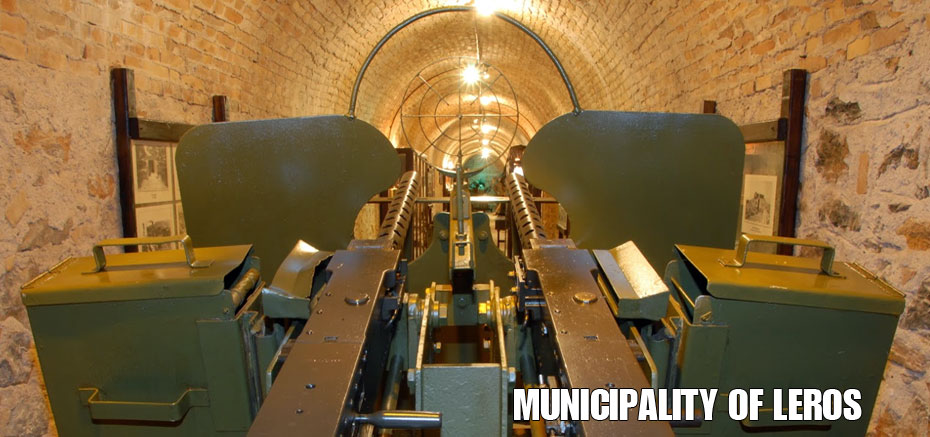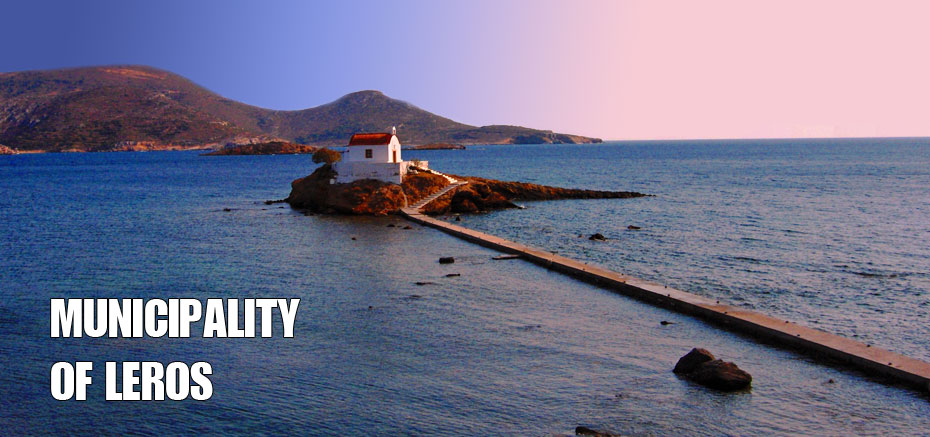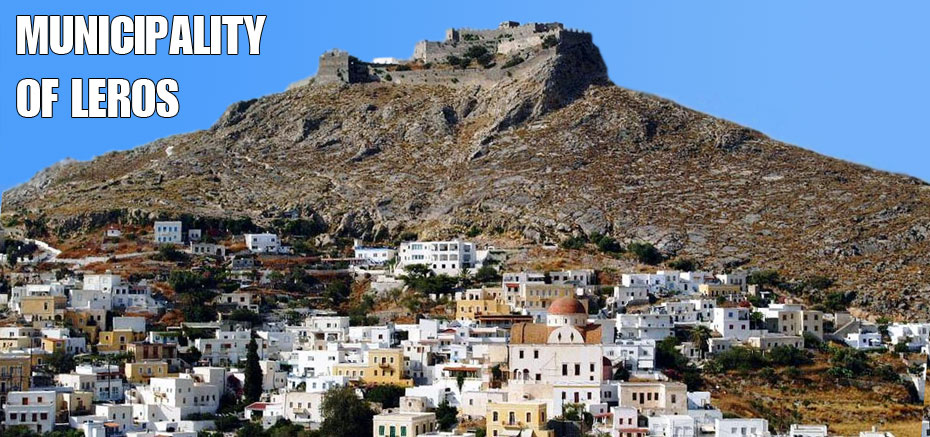
Virgin Mary (Panagia) of Kastro
In the north-eastern part of Leros, at the top of Pitiki Hill and at approximately 200 meters above sea level, stands the island’s castle – Kastro Panteli. The Church of Panagia, namely the Church of the Virgin Mary, was built on the western side of the fortress, comprising a religious and intellectual cultural symbol for the residents of Leros.
According to the legend, an icon of the Virgin Mary Panagia appeared on the island emerging from the sea. It is said that it was miraculously placed in the castle’s gunpowder storage area between two lit candles and remained there despite all efforts made by the Turkish Aga of that period to have it removed from that specific spot.
A church was built in her honor on that very site, which quickly became a sacred sanctuary of respect and worship for seamen and the whole island in general.
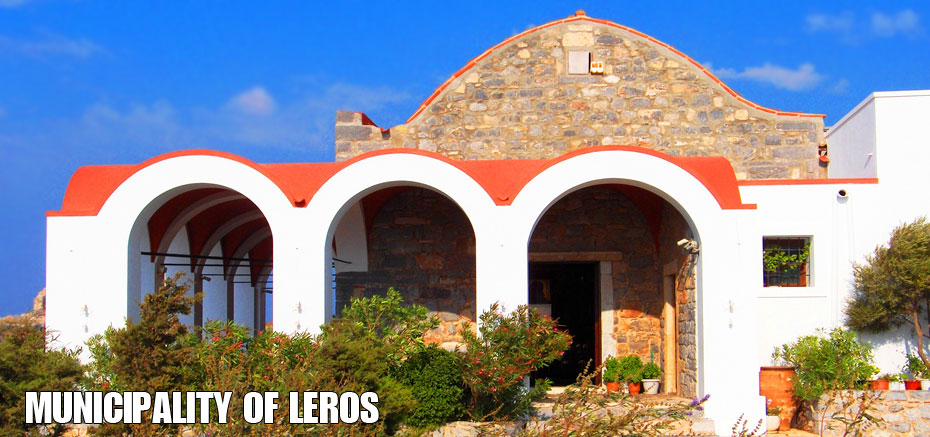
The original, tiny church was built at its current location in 1669. In 1719, it was renovated and ultimately inaugurated by his Holiness Metropolitan Bishop of Karpathos, Neophytos Germanis.
The basilica temple has endured a number of interventions and additions during the 18th and 19th centuries.
The small icon of the Panagia Vrefokratousa, namely the Virgin Mary of the Infant Guardian, is a precious religious heirloom of worship for the local people of Leros. A holy icon of small dimensions is enclosed and kept within a woodcut frame and bears a gold and silver casing which was hand-crafted around 1732. The temple exhibits many valuable Episcopal icons of supreme quality. Many of them, as well as various other artifacts, are displayed and housed in the Ecclesiastical Vestry of Byzantine Art, which was recently built next to the temple of the church presently operates as a museum.
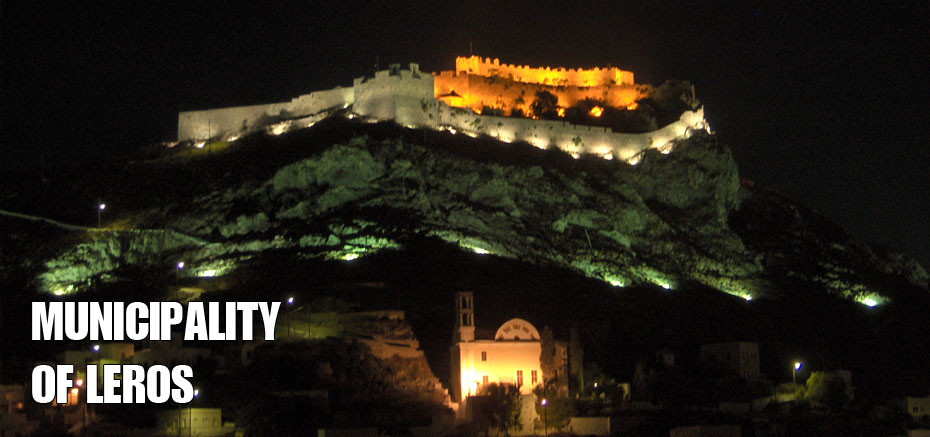
For those who enjoy nice romantic walks, you ought to take a stroll through the neighborhoods of Platanos towards Agia Paraskevi. From there, you can follow the footpath with approximately 500 steps. At the end of this walk, you will meet up with the Kastro right in front of you. The breath-taking view from the Castle will take you back in time. For those in a hurry and less patient, there is a large, comfortable motorway leading to the same area.
On the west side of the Byzantine castle stands the Temple Church of the Virgin Mary, which has a gold-adorned iconostasis with remarkable religious paintings and icons inside. Your next stop would be the Ecclesiastical Museum, which is housed in a newly built building next to the church. Here, you can marvel at the very rare, hand-written manuscripts, the sacred holy books, precious icons, the holy vestments of the clergy including other ecclesiastical artifacts. Finally, visit the large, underground cellars and water reservoirs within the castle wells.
Temple of Artemis
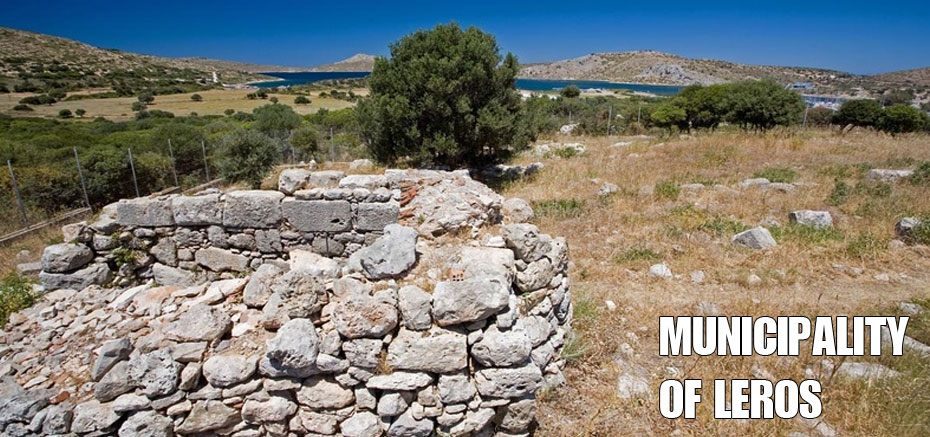
Visitors interested in the history of their country must visit the archaeological ruins at Partheni, located next to the airport. During excavations in 1980, a group of churches built on top of Roman structures was discovered. The exact position of the ancient temple of Parthenos Iokalis has yet to be identified.
In 1855, popular historian, Iakovos Rizos Ragavis wrote in refined, classical Greek script, “There is a large deserted church which has many plaques and stands on the foundations of an ancient temple, undoubtedly that of Artemis”.
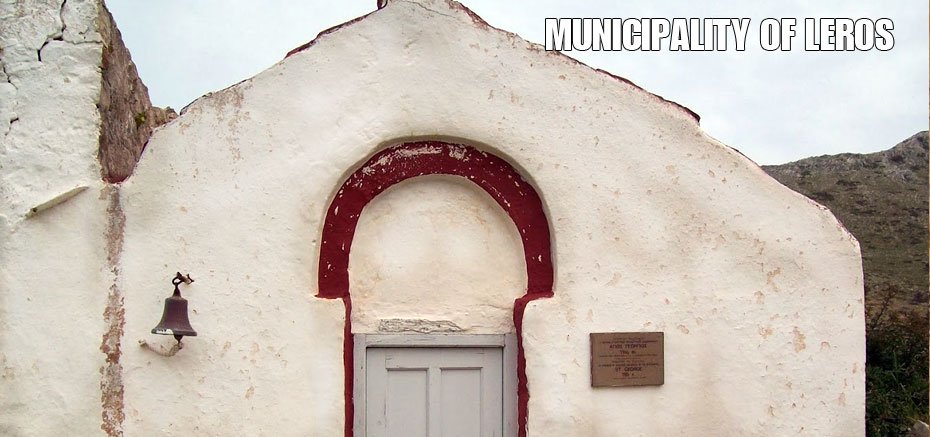
Although early Christians used to build their churches over ancient Greek temples by recycling the original materials, it has not been possible to establish the exact location of the early Christian church within the vicinity of the ancient temple grounds.
Agios Isidoros
In the area of Kokkali, the picturesque, little church of Agios Isidoros can be found.
It is built on an islet in the sea and is connected to the old submerged little port by a small passageway built next to it.
THE ‘TUNNEL’ WAR MUSEUM
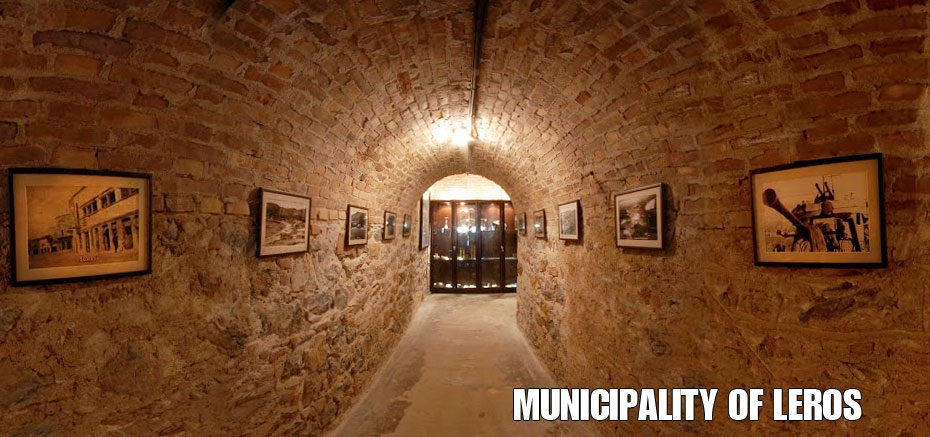
The new ‘Tunnel Musum’ in the area of Merikia is a place of great interest with many significant exhibits from the period of World War II. It was inaugurated in August 2005 and it is recognized as being completely unique in its nature globally and it registers many visitors annually from around the world.
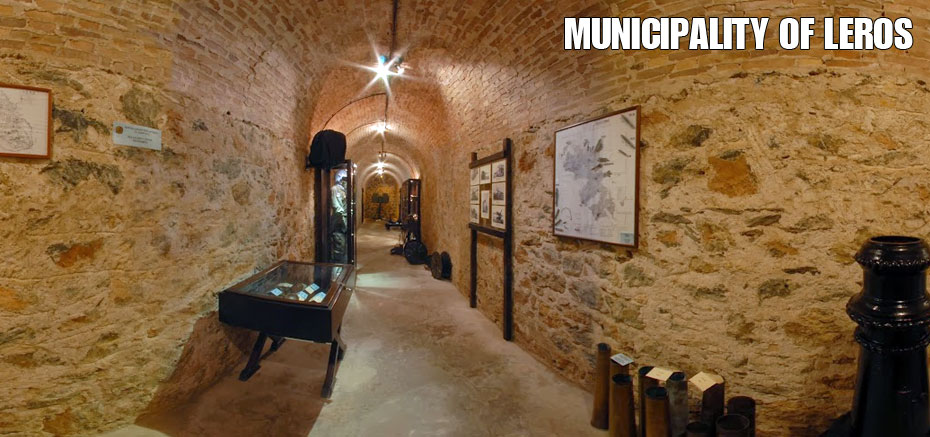
In the late 1930’s, the Italians fortified the naval base of Leros, building the largest underground munitions’ storehouses and creating workshops for the assembly and maintenance of arms. Also, they built underground storehouses for various, other materials.
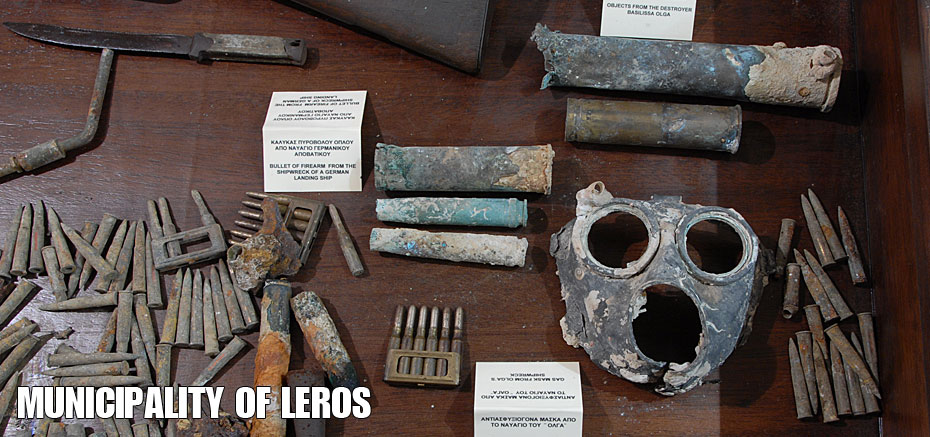
During the Battle of Leros at Merikia, a garrison made up of an infantry division with 47 mm guns was established alongside the specialised technicians who assembled the bombs and torpedoes.
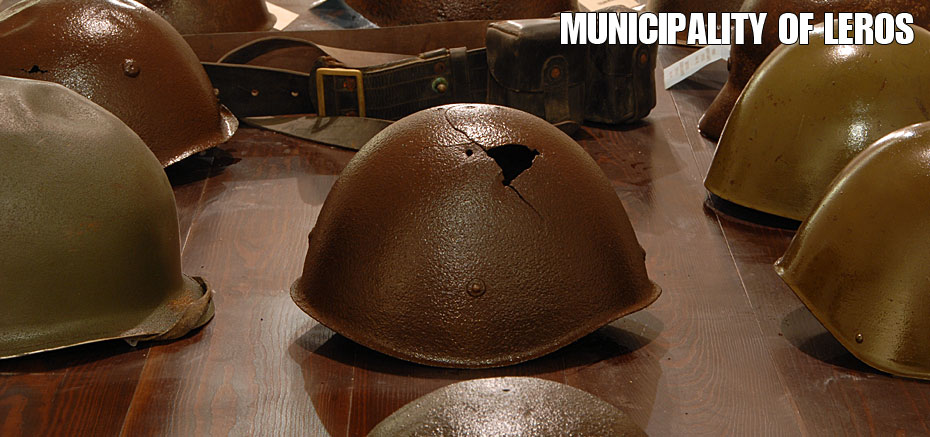
When the Italian gunboat Legnano bearing the sign of Admiral Mascerpa was bombed and sunk on the 5th of October 1943, it was decided that its crew would be re-deployed at Merikia to reinforce the protection of this sensitive region. Merikia suffered serious damage during the heavy bombing of the 6th October.
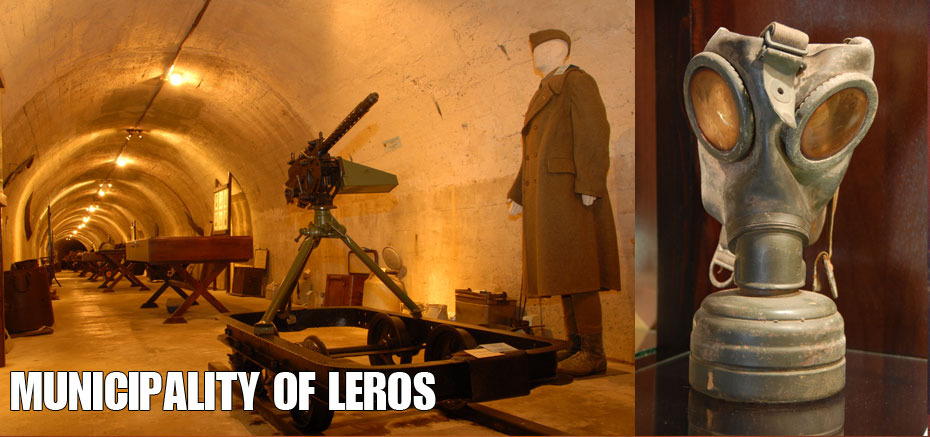
When the German army conquered Merikia, the area continued to be used as a store house for military supplies until the liberation. Only then, were the storehouses emptied of its supplies and Merikia was ultimately abandoned.
The Church of the Virgin Mary (Kavouradena) at Xerokambos
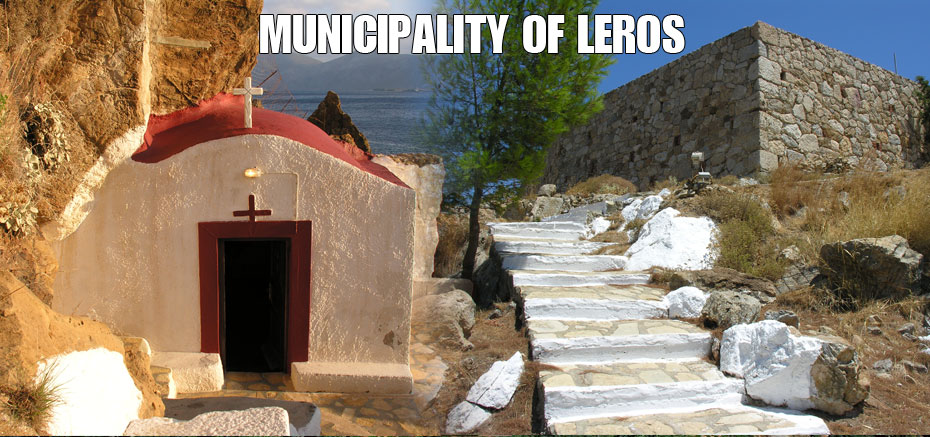
The very graphic, little church of the Virgin Mary of Kavouradena located near the village of Xerokambos is considered to be one of the most beautiful churches in all of Leros. It is built into the rock formation of the coastal area where according to legend a fisherman had been fishing for crabs when suddenly he found the icon of the Virgin Mary wedged between the crevices of the rock.
Paliokastro
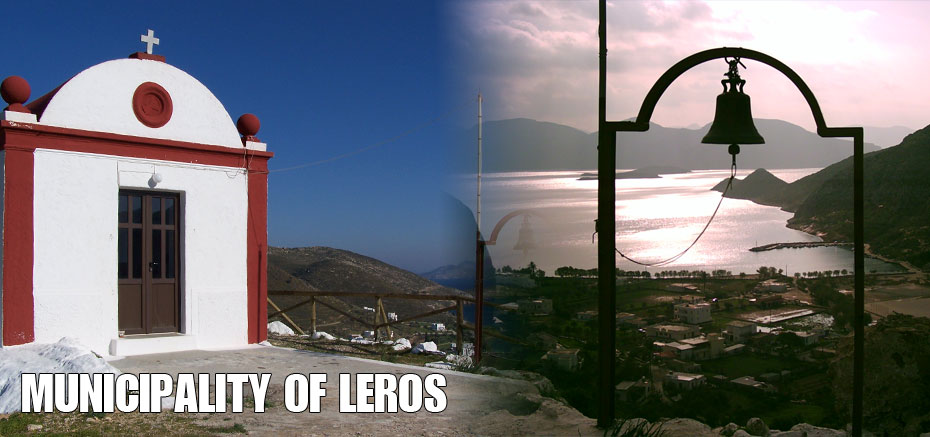
The Castle of Lepidon at Xirokambo and commonly known today as Paliokastro is in the vicinity of the remains of an older wall of “Cyclopean” construction and dates back to the Hellenistic period. The remains of eighteen miniature homes can be seen, where originally the guards of the area lived and later on served as a refuge for the inhabitants during the mid - Byzantine period.
The Archaeological Museum
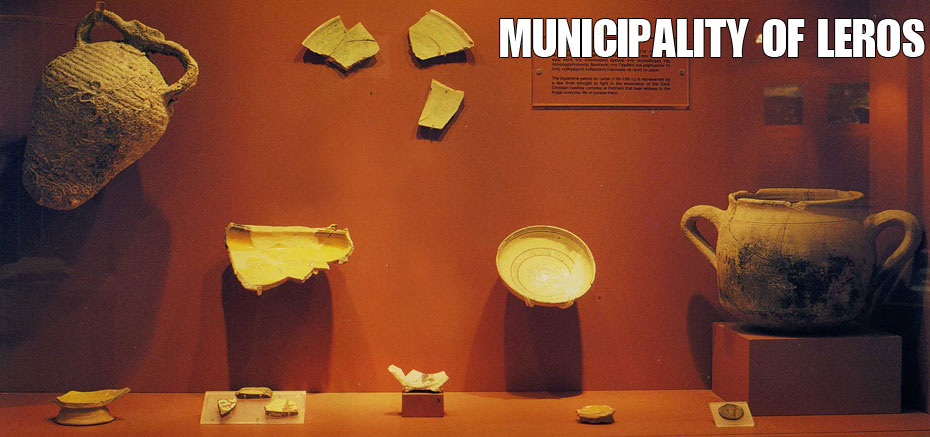
In the modern Archaeological Museum of Leros, you are invited to enjoy fine exhibits and artefacts dating back to the island’s pre-historic period to medieval times. One can see inscriptions, grave markers, coins, mosaics and vessels which are on display at the museum.
BELLENIS TOWER - Folkloric Museum
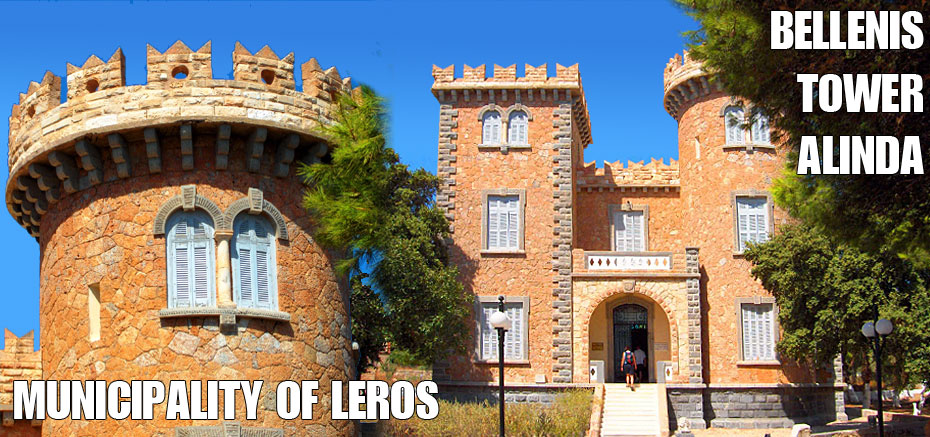
The Historical and Folkloric Museum, is hosted in the Tower of Belleni. Costumes, needlework, musical instruments and hand-crafted, ecclesiastical wood carvings dating back to the historical period from 1880 to 1920 and depicting Leros’ urban nature, are exhibited.
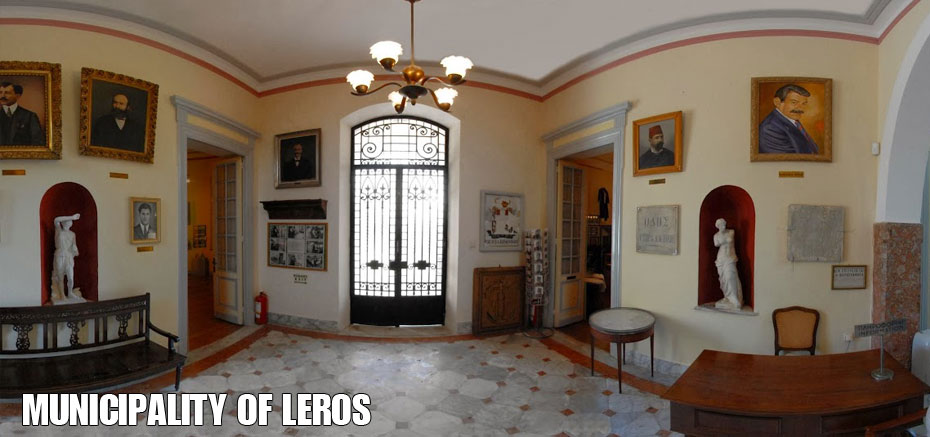
One entire hall is dedicated to activist Kyriakos Tsakiris who was exiled to Leros. His personal belongings combined with his art work created by him while in exile can be viewed by all. Remnants and memories of the Second World War can be viewed in yet another exhibition hall. The visitors to the museum will see surgical tools, an operating bed, and a sterilization unit all used when the Tower operated as a make-shift hospital during World War II.
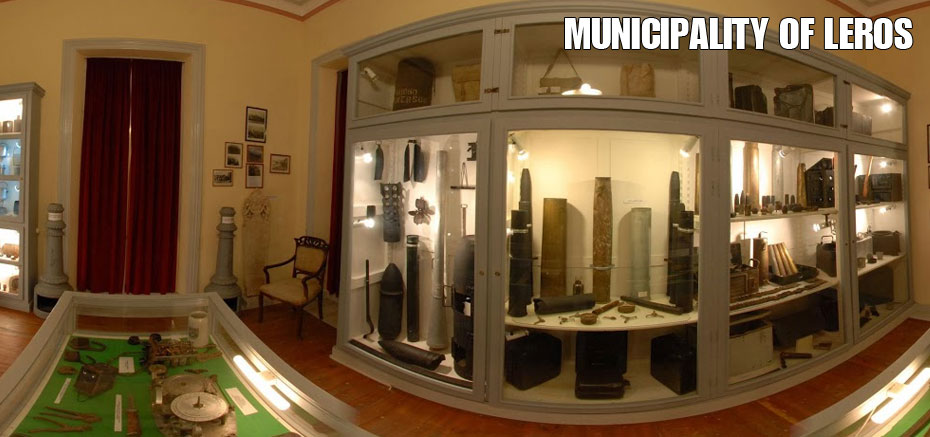
Many exhibits from the Battle of Leros and the sinking of the torpedo vessel ‘Vassilissa (Queen) Olga’ at Lakki on 26th September 1943 will revive both tragic memories as well as fond recollections of grandeur that the island lived through and endured during the Italian and German occupations.
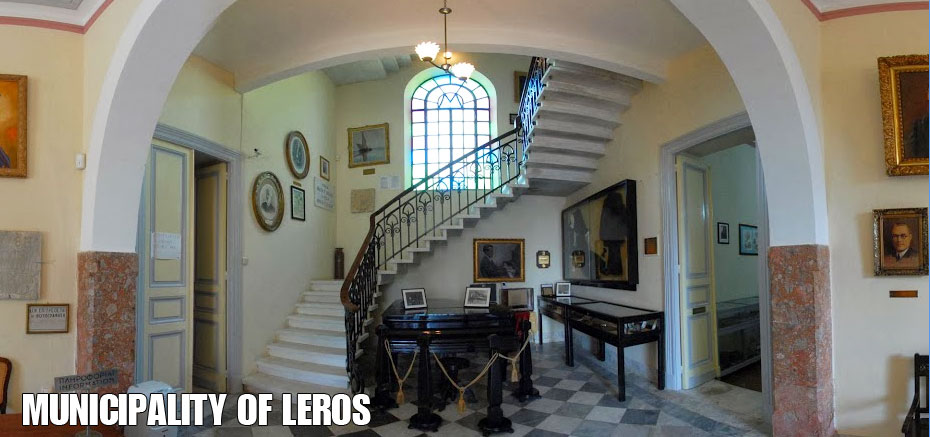
Further, we should mention that characteristically, Leros has many indications of its history dating from pre-historic times to present day. Many vibrant civilizations have contributed to the development of Leros over time. Indicatively, some important discoveries led responsible archaeological services of the Ministry of Culture to publish the 588/2004 Ministerial Decision, by which nine archaeological regions - a total area of roughly 3800 acres - are characterized as monuments which are protected by law and the archaeological services.
Among them are the following: The pre-historic remains in the region of Agios Konstantinos and of Katakrotiri, the relics of Neolithic residential estates in Partheni and in Drymona, the architectural brass remains of early years in Agios Isidoros and in Drymona, the Ancient Burial grounds in Panteli, the Ancient Settlement in Agia Marina, the Hellenistic fortress in Xerokambos, the Roman and Post-Roman findings in Partheni and the old Christian and Byzantine Temples.
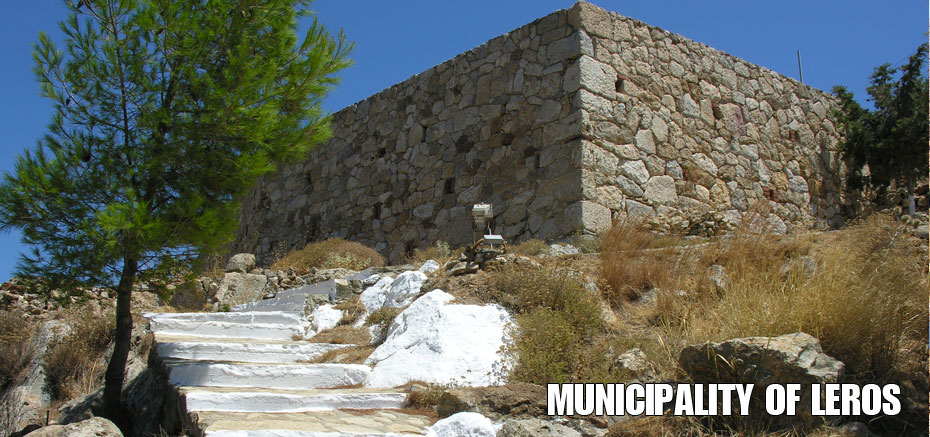
Before the above mentioned regulation, decision number 31/42650/3332/19-11-1973 was established by the Ministry of Culture, the "characterization of a continuous residential estate at Panteli – Platanos, and Agia Marina of Leros as a place of historical and particular natural beauty, which required special government protection", is now inactive.
Furthermore, according to the Ministerial Decisions that were published between 1955 and 1977, twenty newer buildings (both public and private buildings, windmills and a grain mill) in Agia Marina, Platanos, Lakki and in Alinta, were characterized as Historical Monuments of Preservation and Works of Art of the island’s recent history.
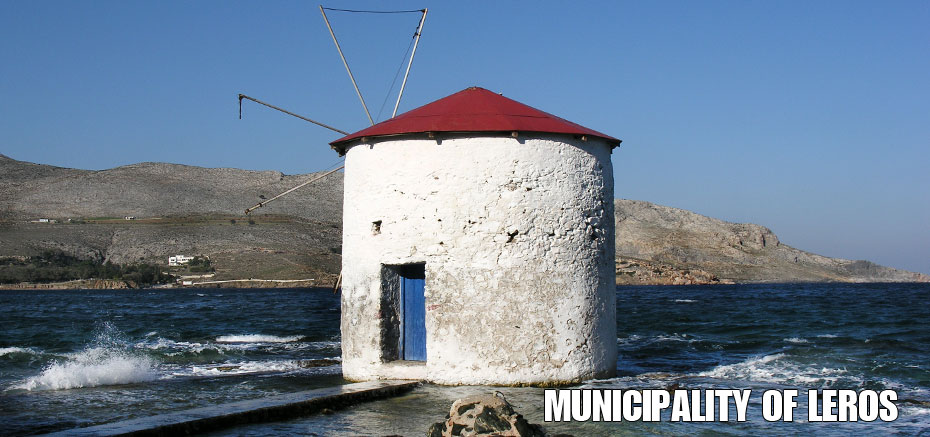
At the same time, in 1978 the Greek Ministry of the Environment, Physical Planning and Public Works issued an Enactment by which a lot of residential estates all over the country were characterized as traditional settlements. Thus, general terms and structuring restrictions were imposed on the settlements at Agia Marina, Alinta, Lakki and Partheni as well.
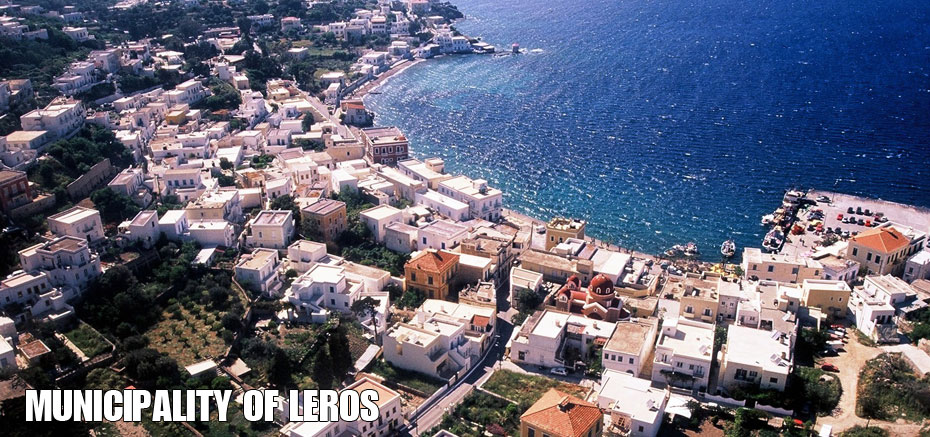
Apart from the characteristic archaeological regions and the newly protected monuments, there are many other places, both single detached buildings and a grouped combination of architecture which make up a very precious, aesthetic, cultural and historical, morphological, and symbolic consignment of this extremely charismatic and truly gifted island.
In brief, we would like to bring the following to your attention:
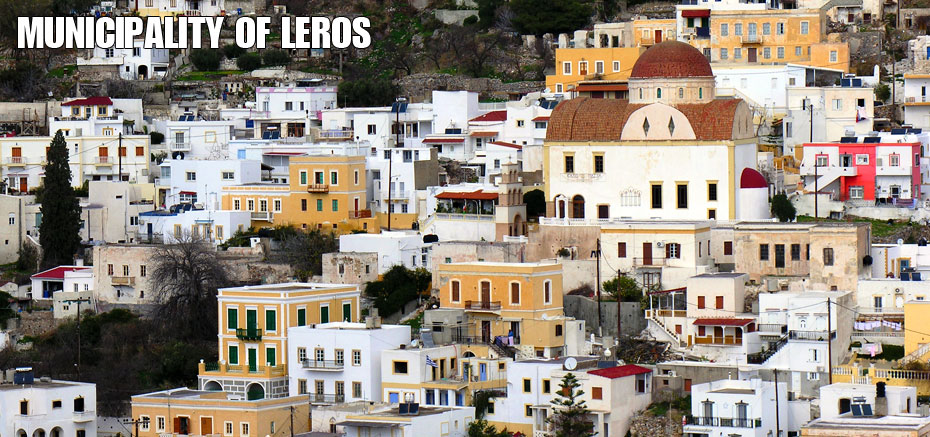
A substantial number of neo-classical homes and mansions are scattered throughout the central part of Leros. Some of them are presently in use, while others face serious danger of deteriorating and being damaged. Despite these facts, all these architectural marvels contribute to the charismatic formulation of a very specific image of quality to the urban environment surrounding Agia Marina, Platanos, Alinta and Panteli.
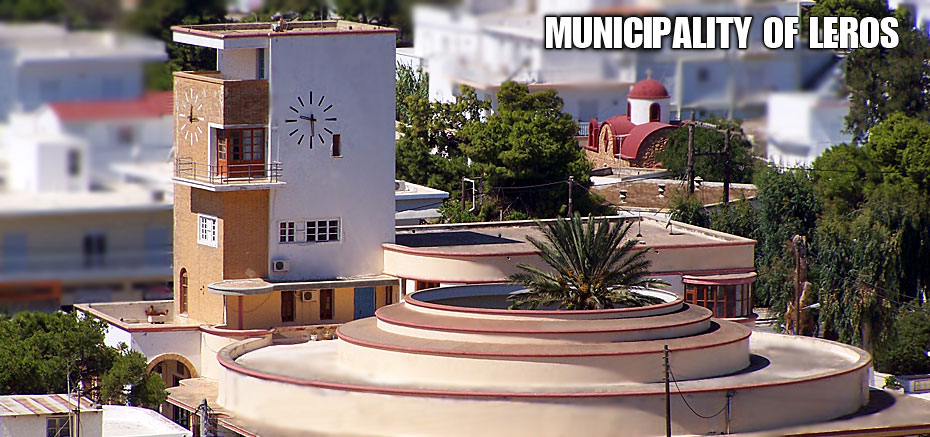
Although there are some detached and a grouping of buildings bearing a unique style in Lakki, it is not possible for them to be preserved and to emerge into and be protected by the specific regulations protecting traditional settlements that apply in Greece today.
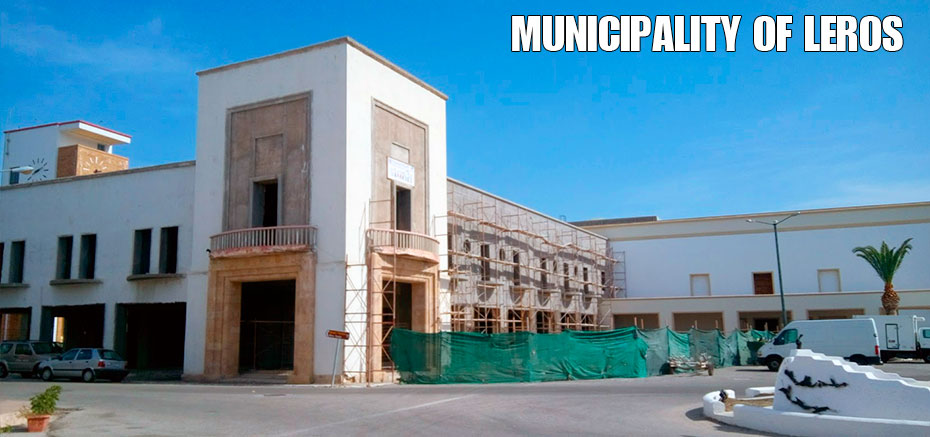
Unique urban planning and the architectural and morphological appearance of the Lakki area are specifically indicated. It has been designed, planned and developed right from scratch as a new town. Therefore, right from the beginning, it was developed according to the regulations and requirements of the European Architectural style for the beginning of the 20th century.
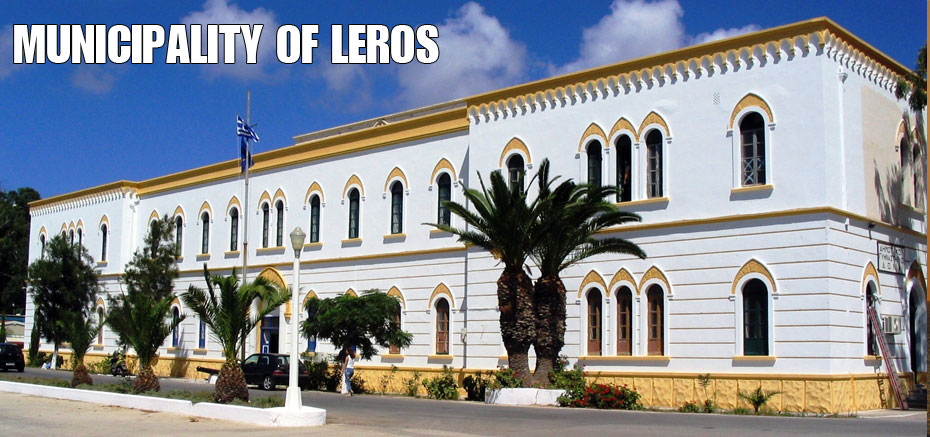
The entire settlement within the Italian era town plan constitutes a true landmark. Further, beyond the boundaries of the Italian era town plan, there are distinguished buildings and units that constitute landmarks, as well.
Such buildings are:
The Italians’ radio station.
The building units for the State Infirmary of Leros.
The remains of Italian military installations at Koulouki, Merikia, Lepida and Agios Georgios.
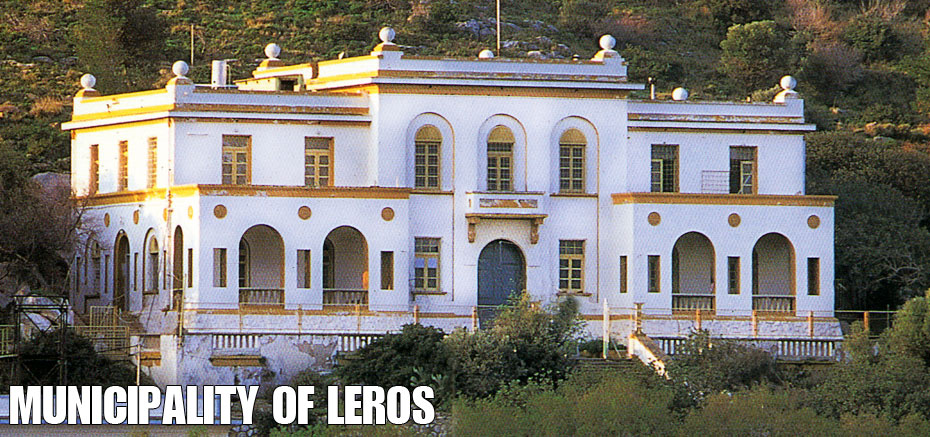
The residential cluster of homes at Agia Marina, Platanos and Panteli because of the interesting variety in the architecture of the buildings.
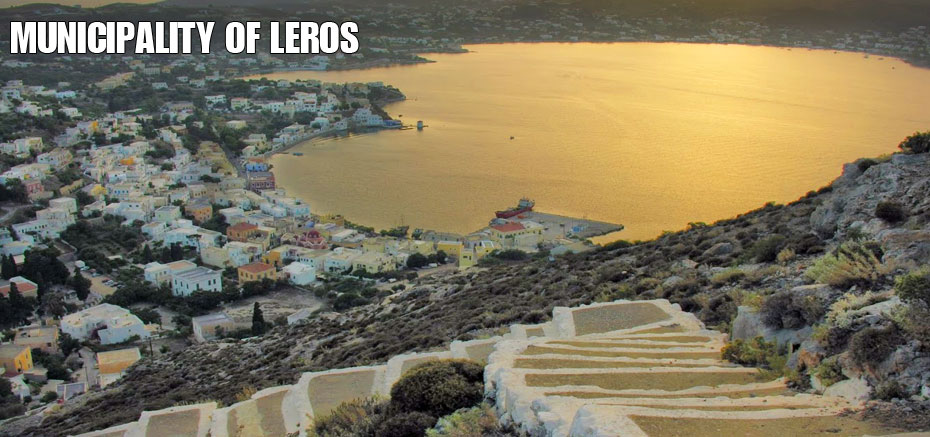
The roads that connect Platanos Square with Agia Marina which combine neo-classical and local Leros type homes with the Italian styled homes along the coast.
The coastal road that connects Agia Marina with Alinta, and also the coastal road of Alinta, with its neo-classic Italian and traditional homes and landmarks such as the Tower of Belini and the Patriarch’s Residance
The churches of Agia Marina, with their peculiar, semi-cylindrical domes which are crossed-shaped or not, with side drums and tall cupolas to no cupola at all, along with the church of Saint Nikolaos at Lakki, that was converted from the original Italian church of Saint Fragkiskos.
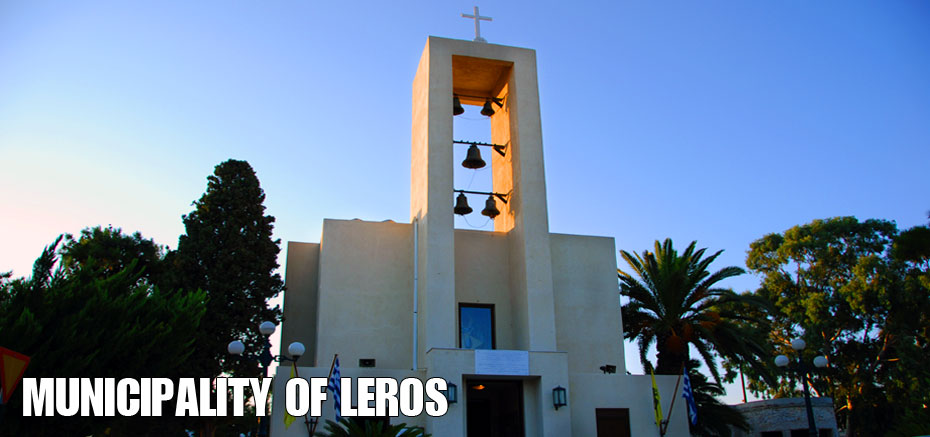
The small country church of Saint Matrona - Kiouras, with its wall frescos created by the prisoners during the dictatorship years, and the army camp complex in Partheni, which consist of monuments of historical remembrance and symbolic value.
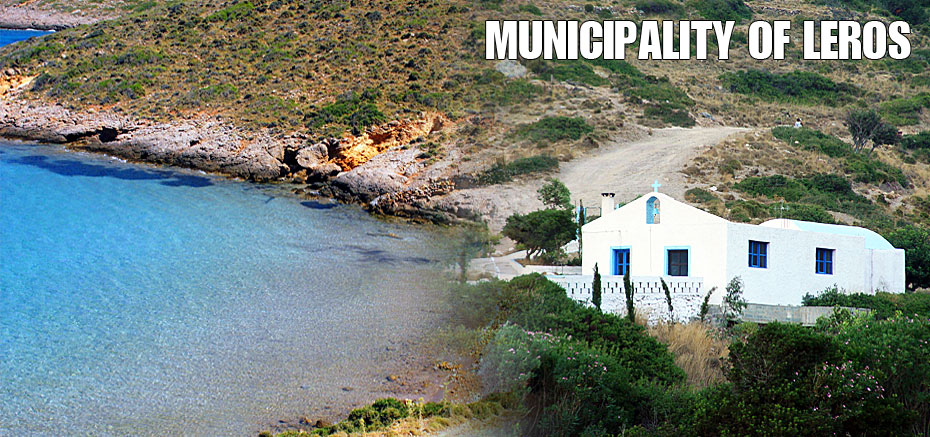
The small churches of the Virgin Mary of Gourlomata in Drymonas and the Virgin Mary of Kavouradena in Xerokambo.

The scattered remains and remnants of Italian fortresses primarily located on hills.
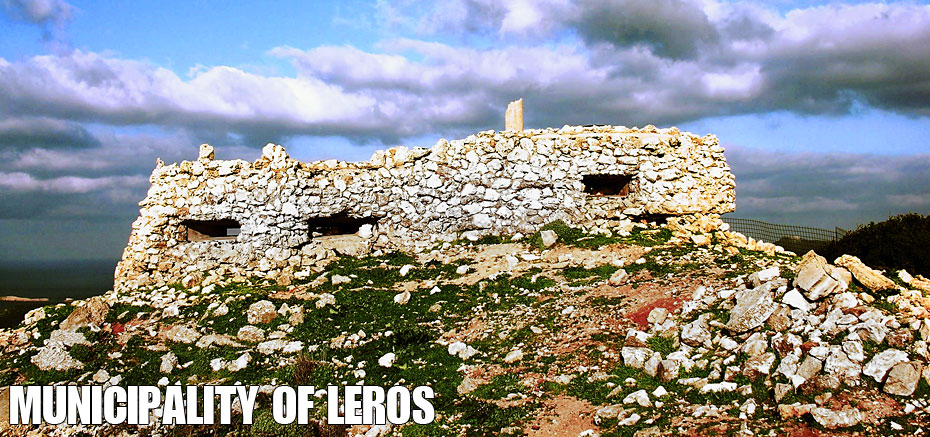
Also, we'd like to remind you again the new Tunnel Museum in the area of Merikia, who holds great interest. It hosts significant exhibits of the Second World War period. It was inaugurated in August of 2005 and houses an enormous number of exhibits. The Tunnel was built by the Italian army, and was used during the Second World War. It is characterised as being unique throughout the world. This would explain the museum’s substantial number of visitors every year.
